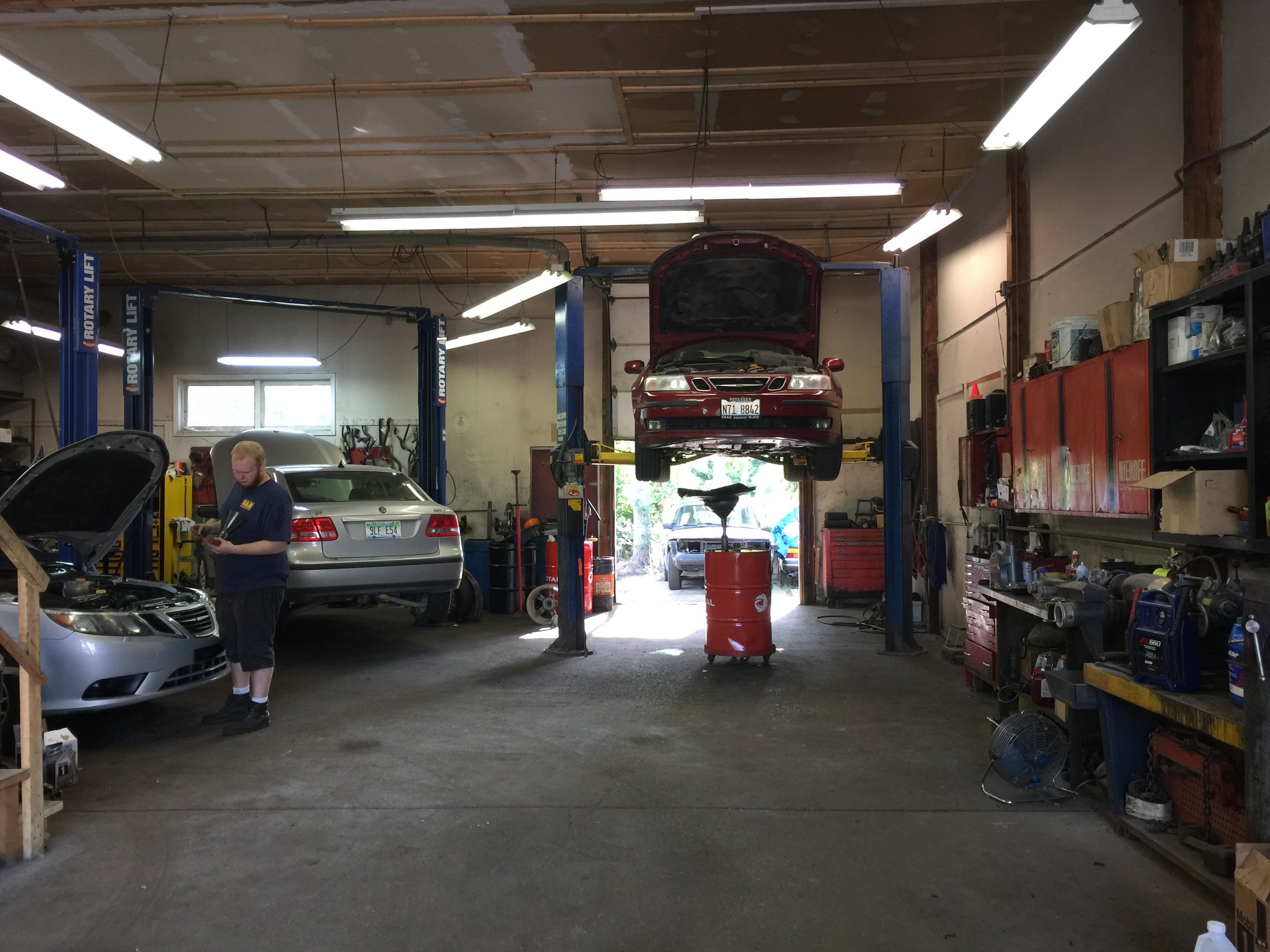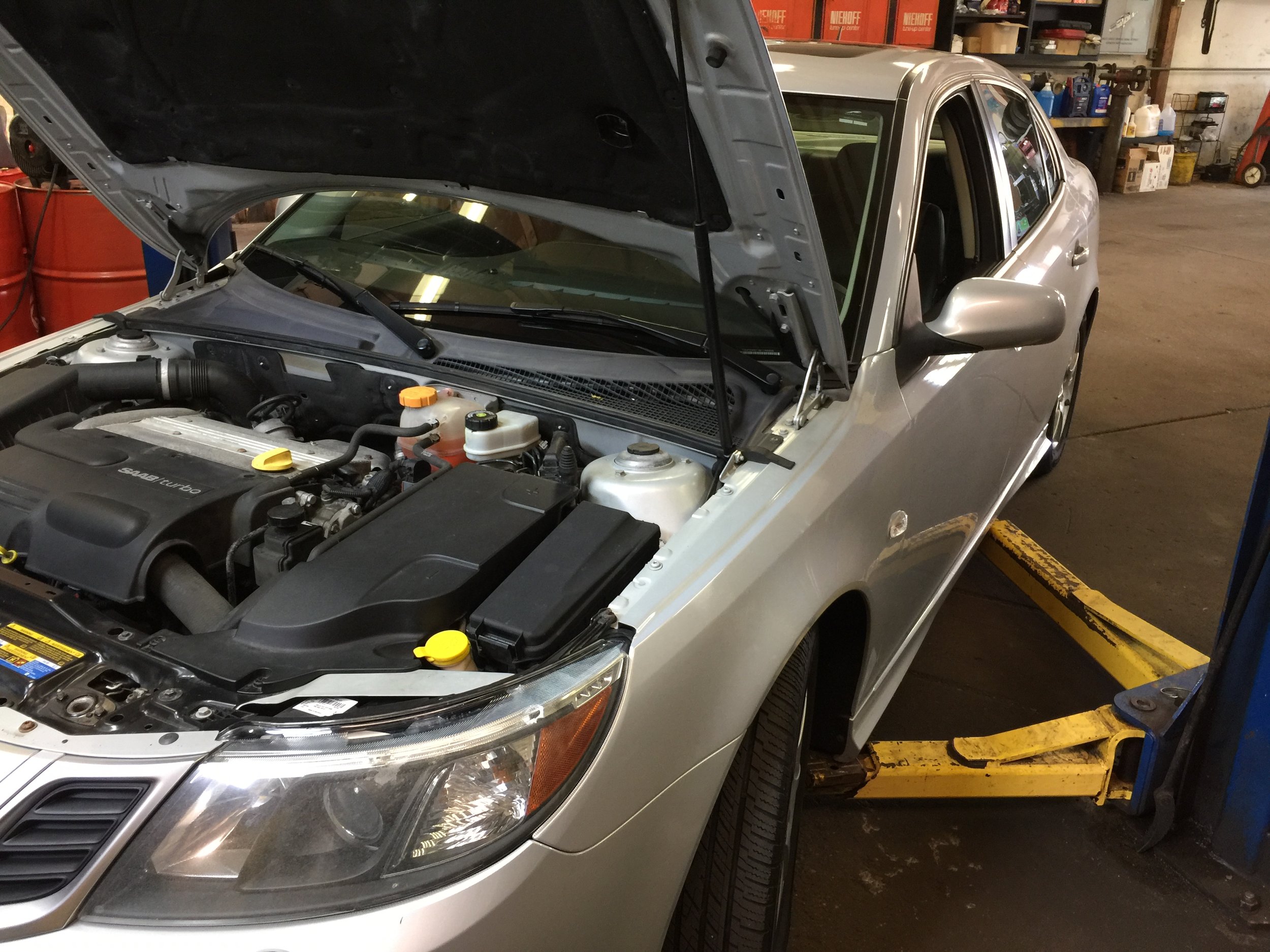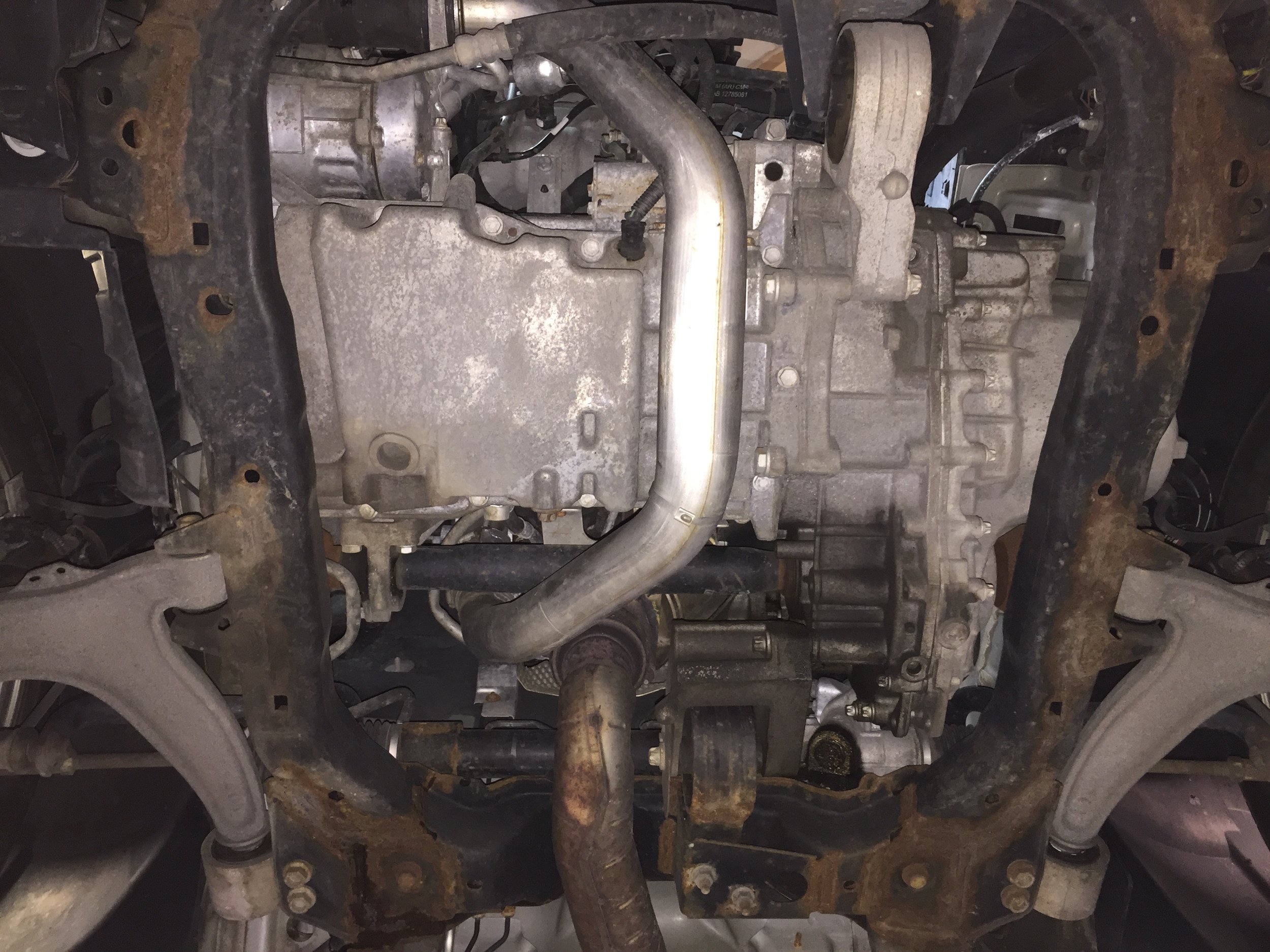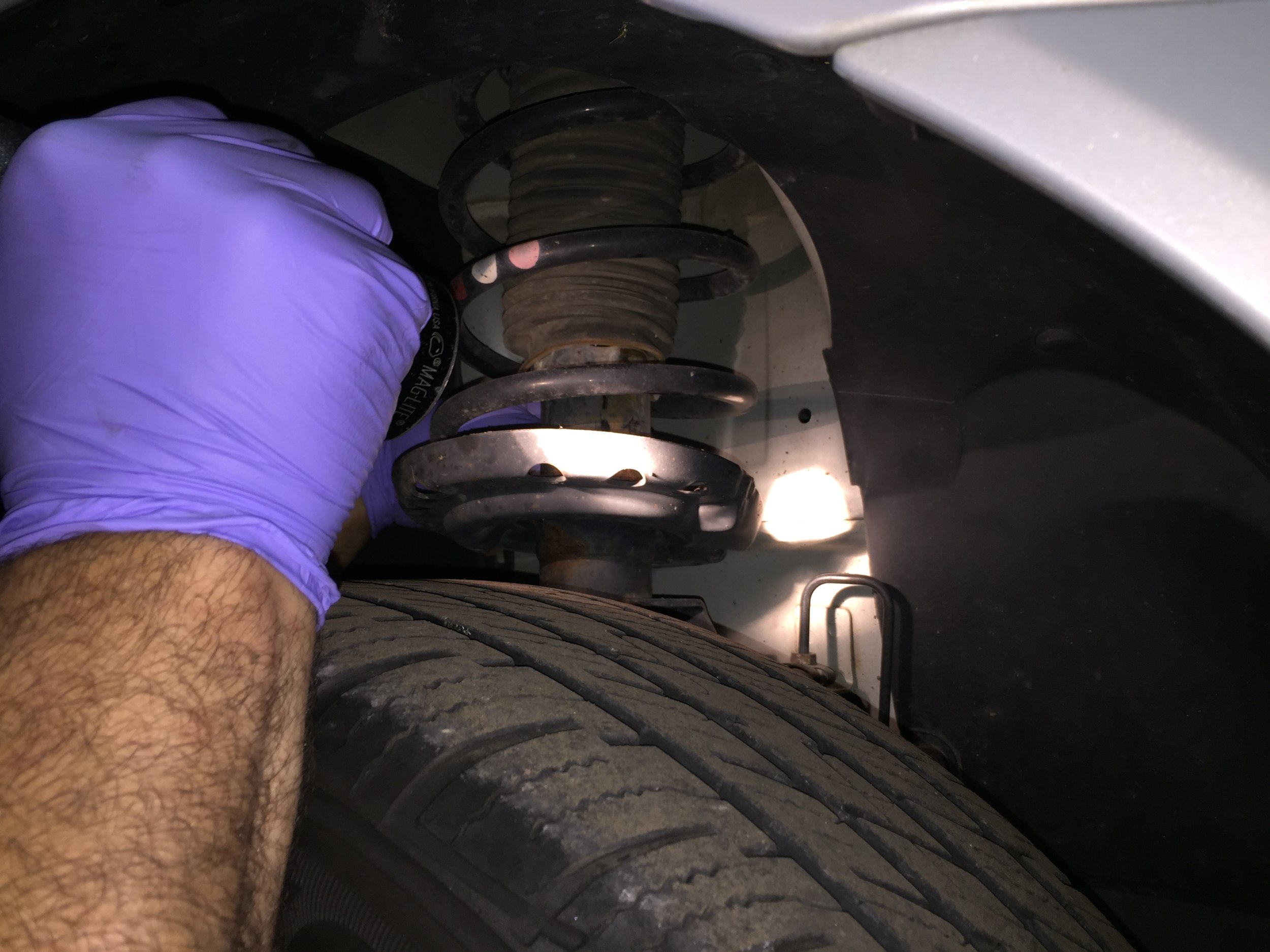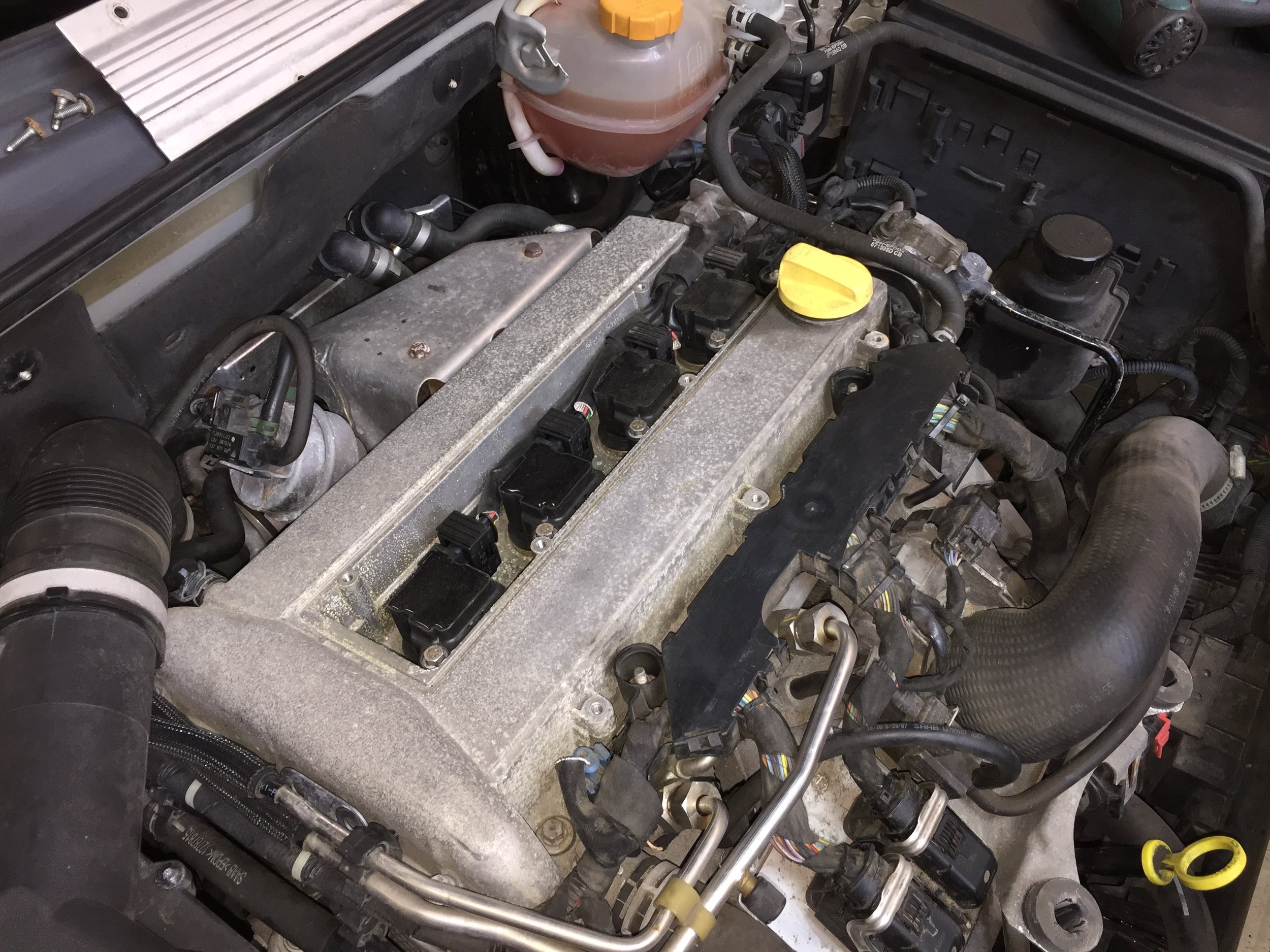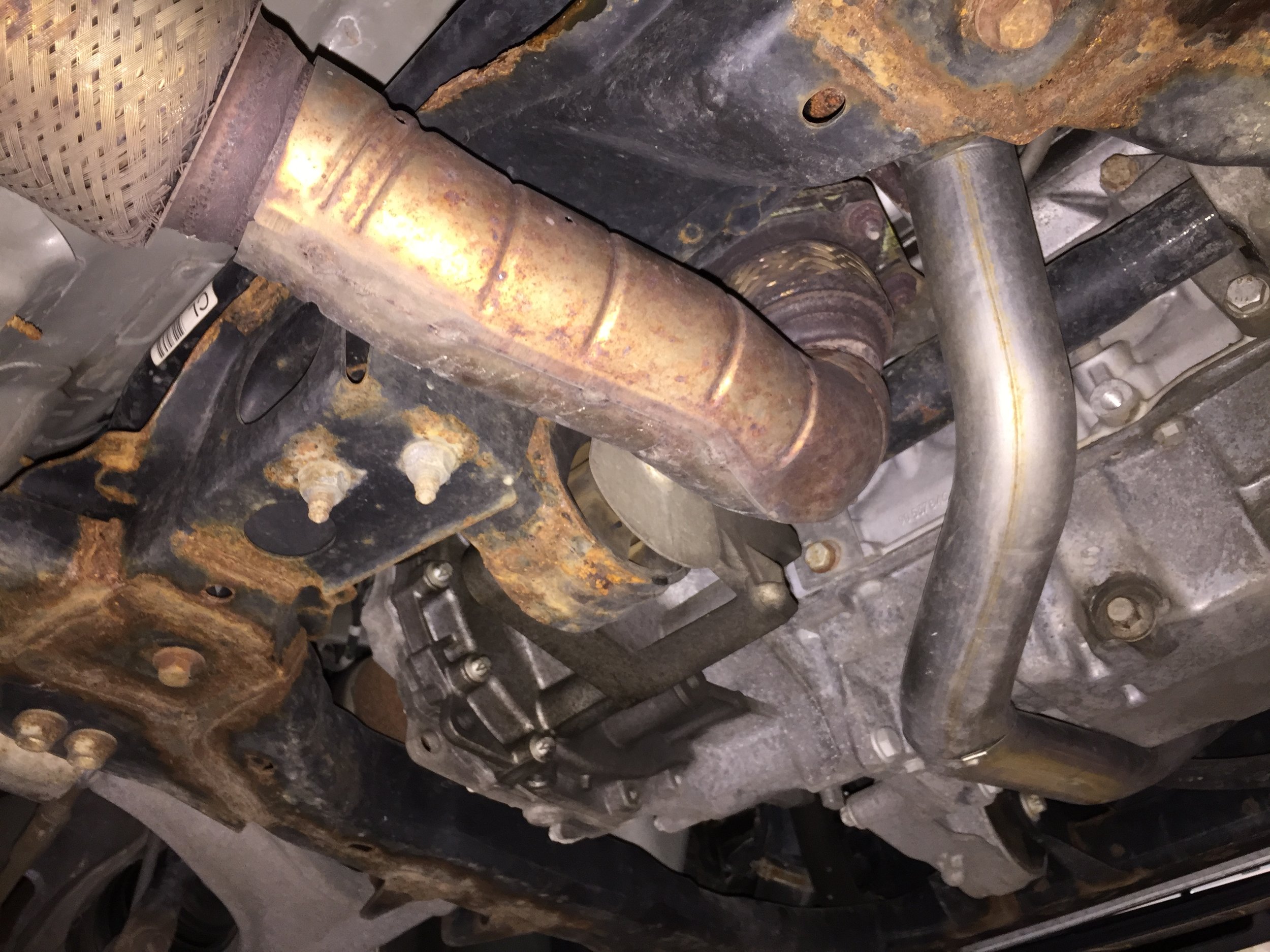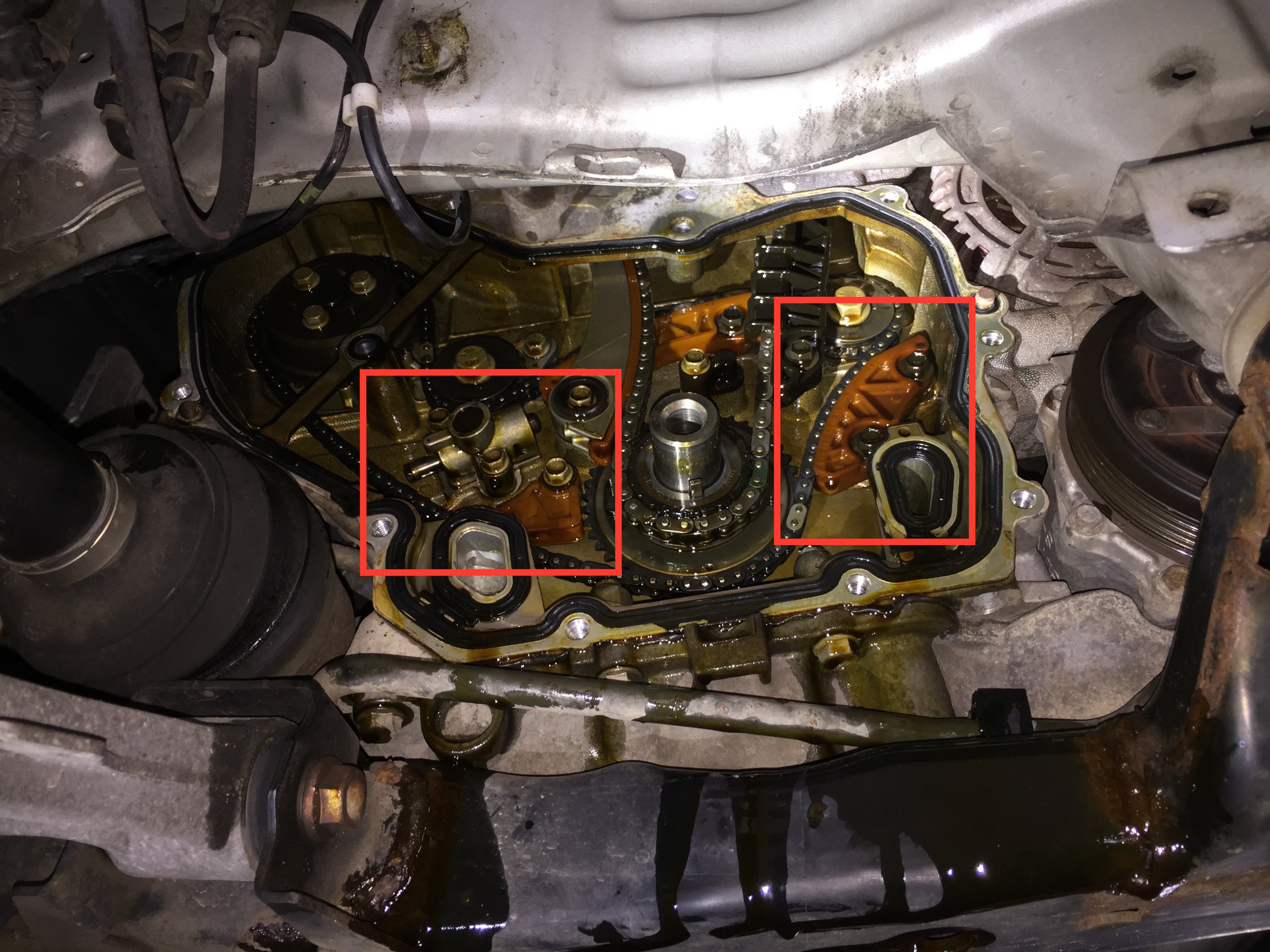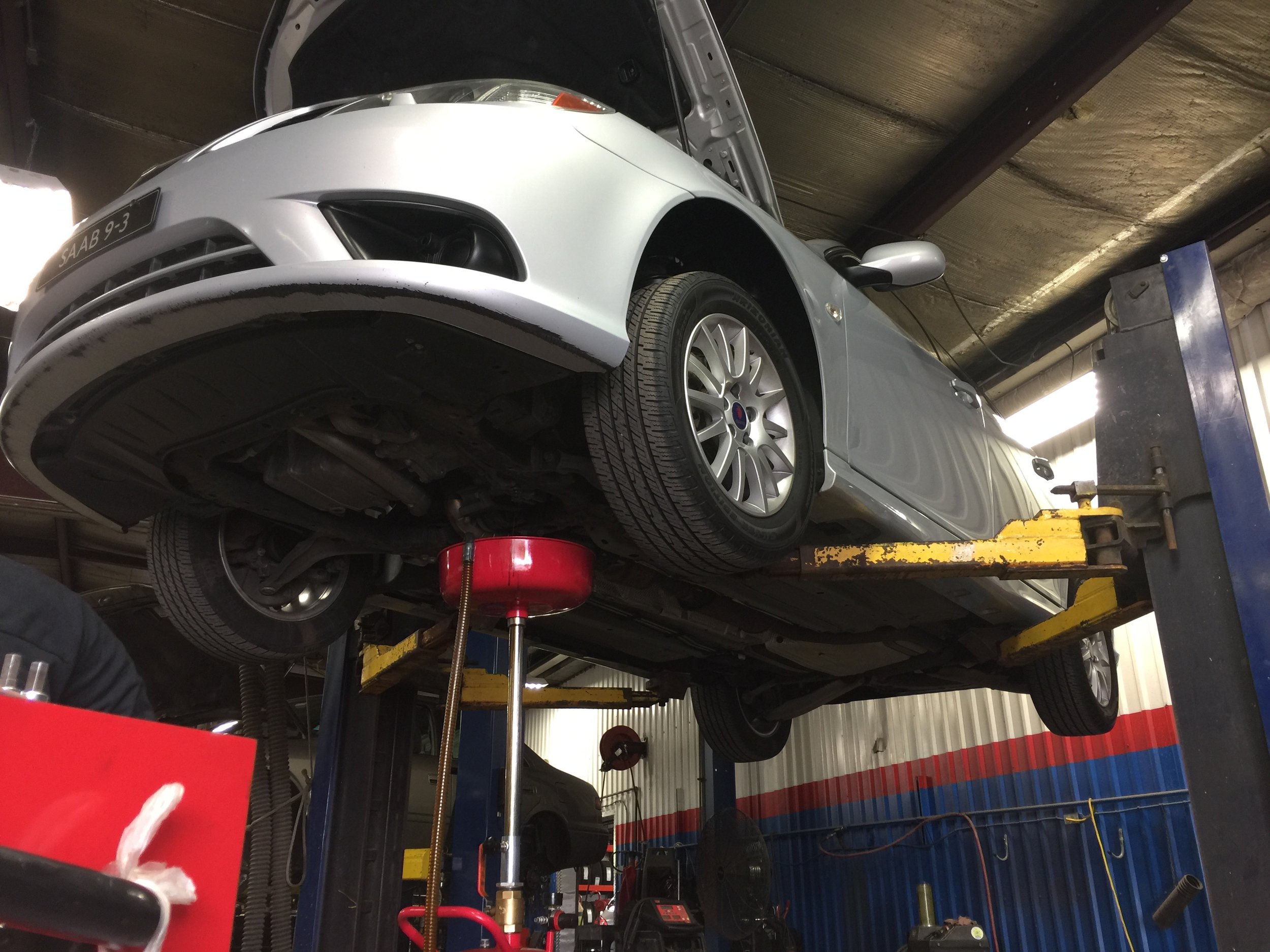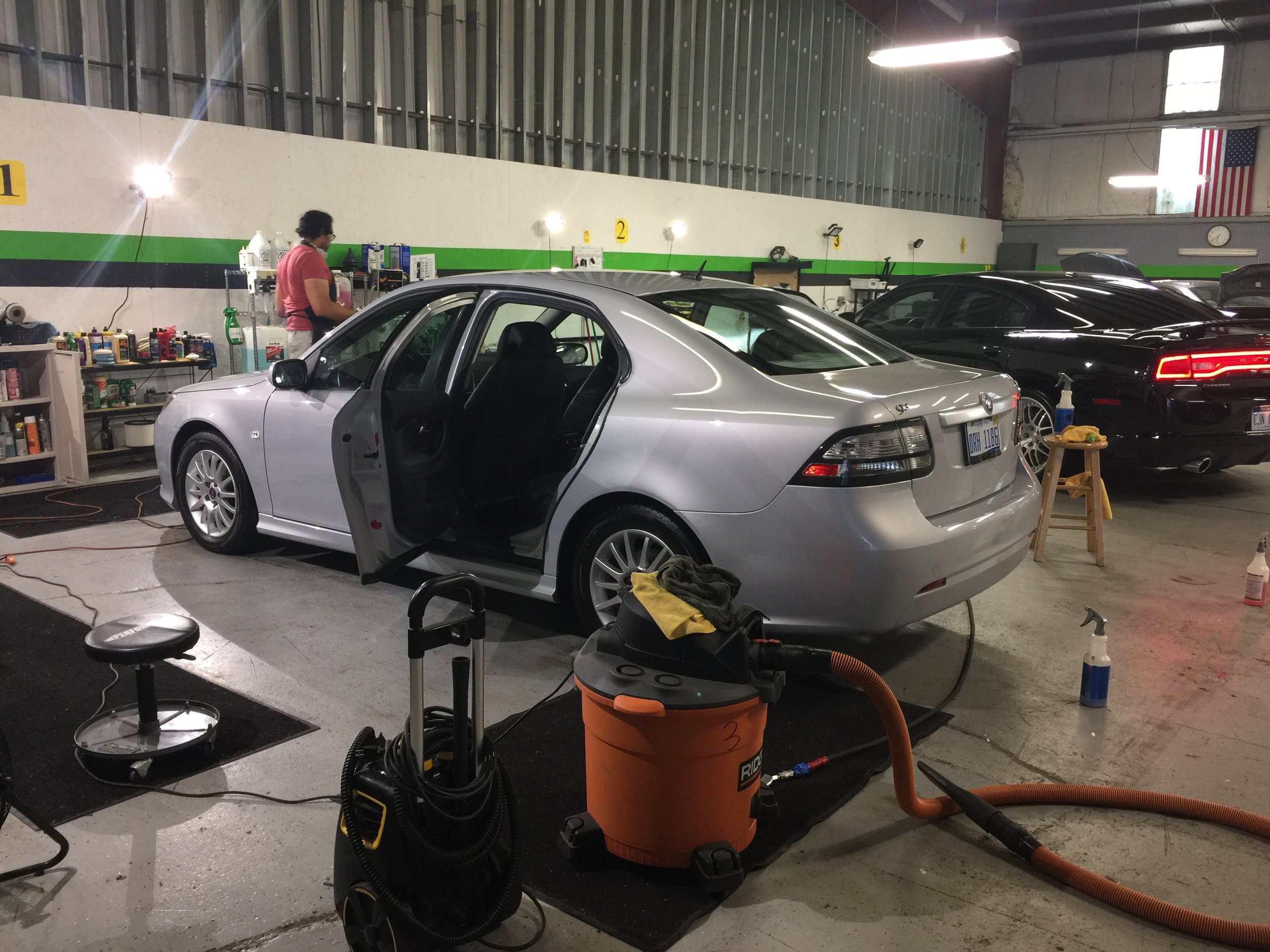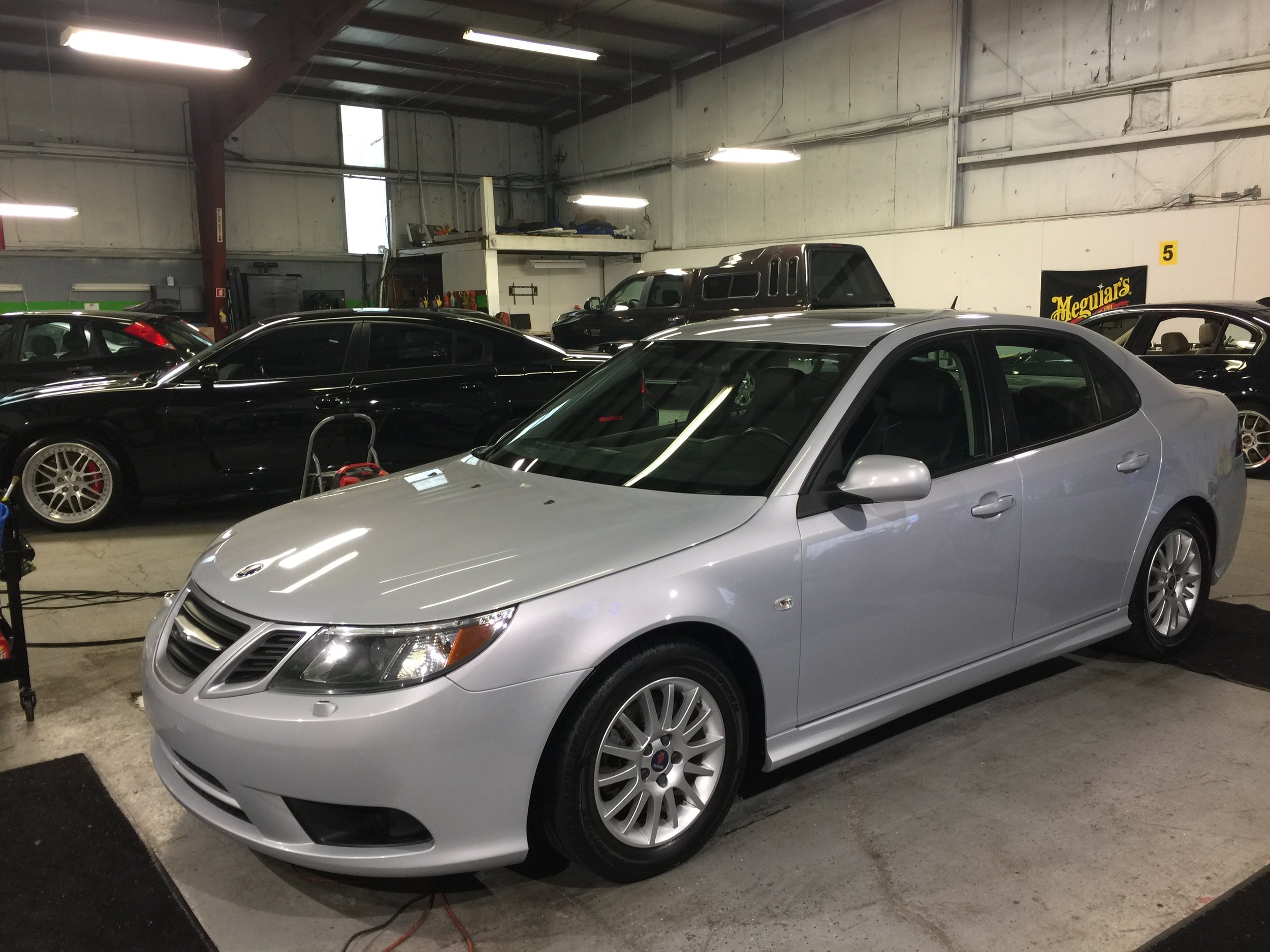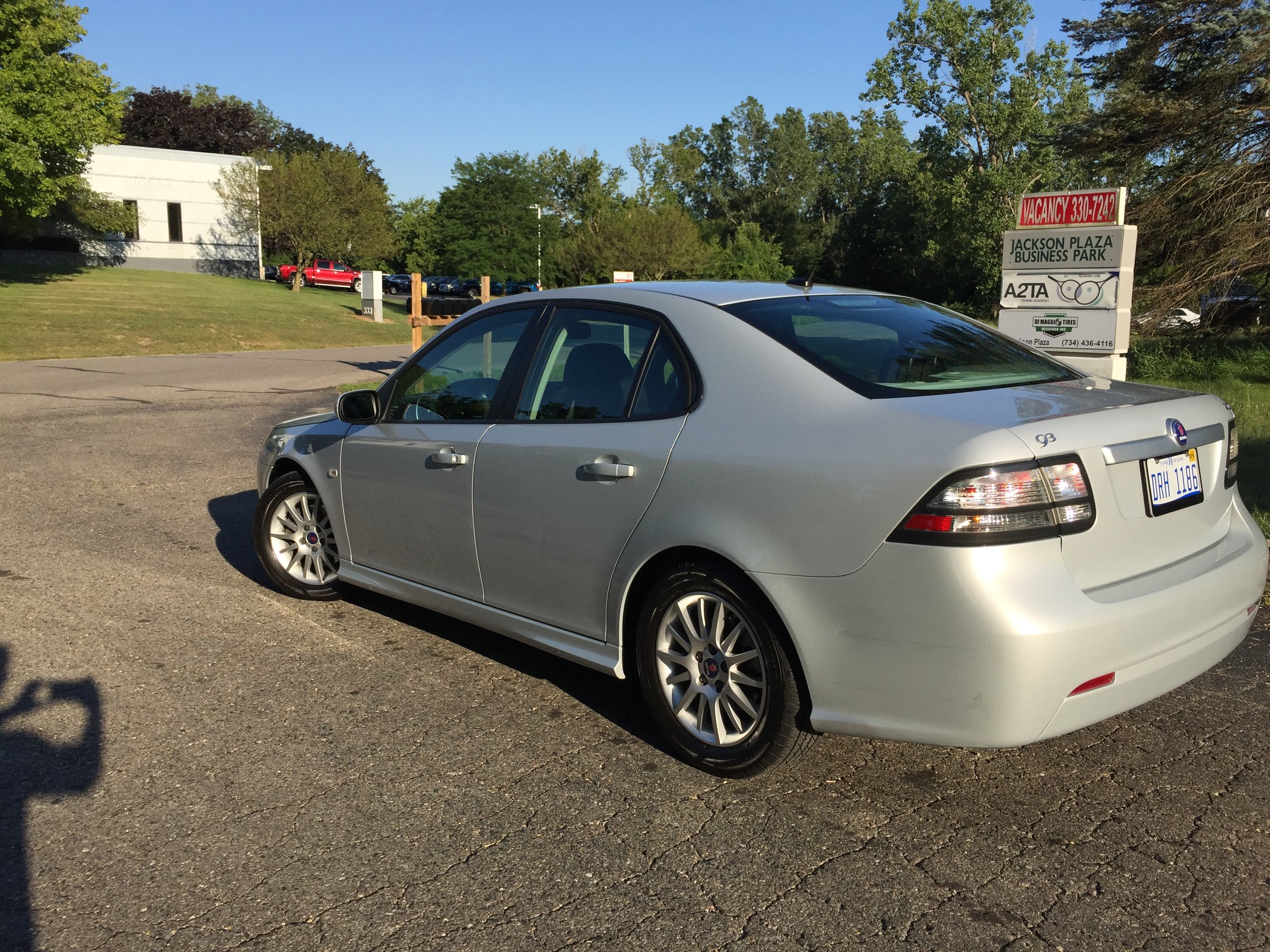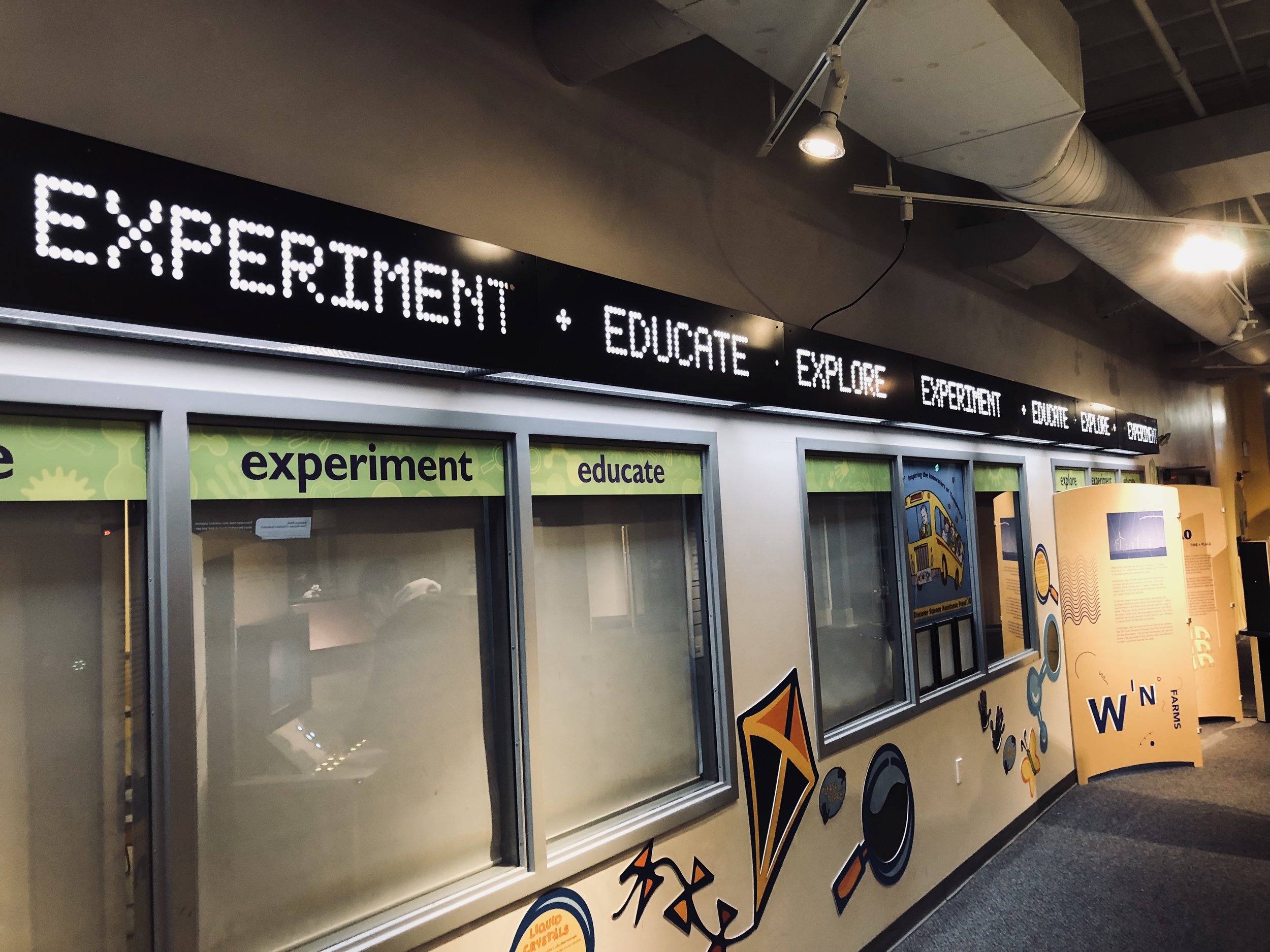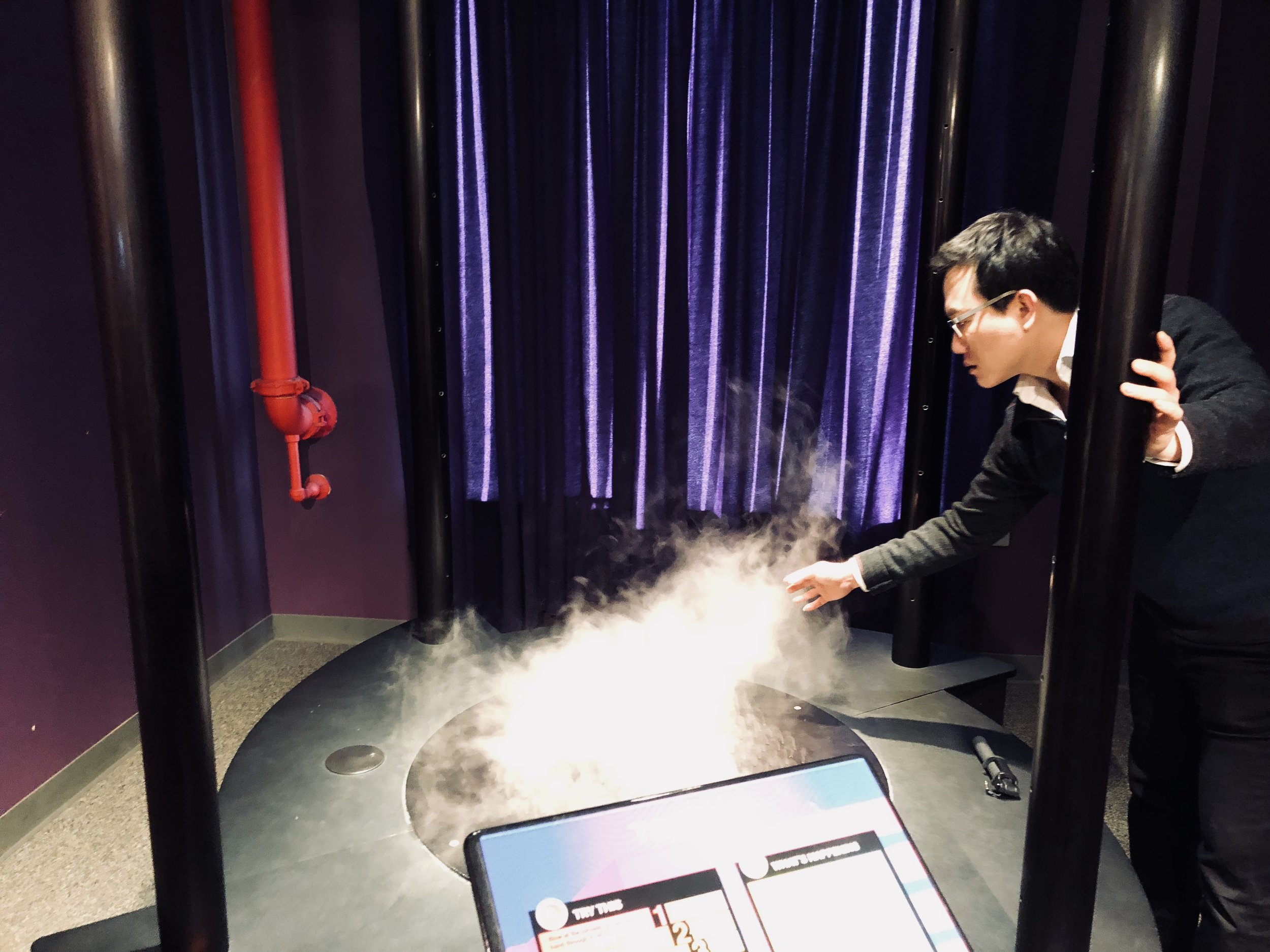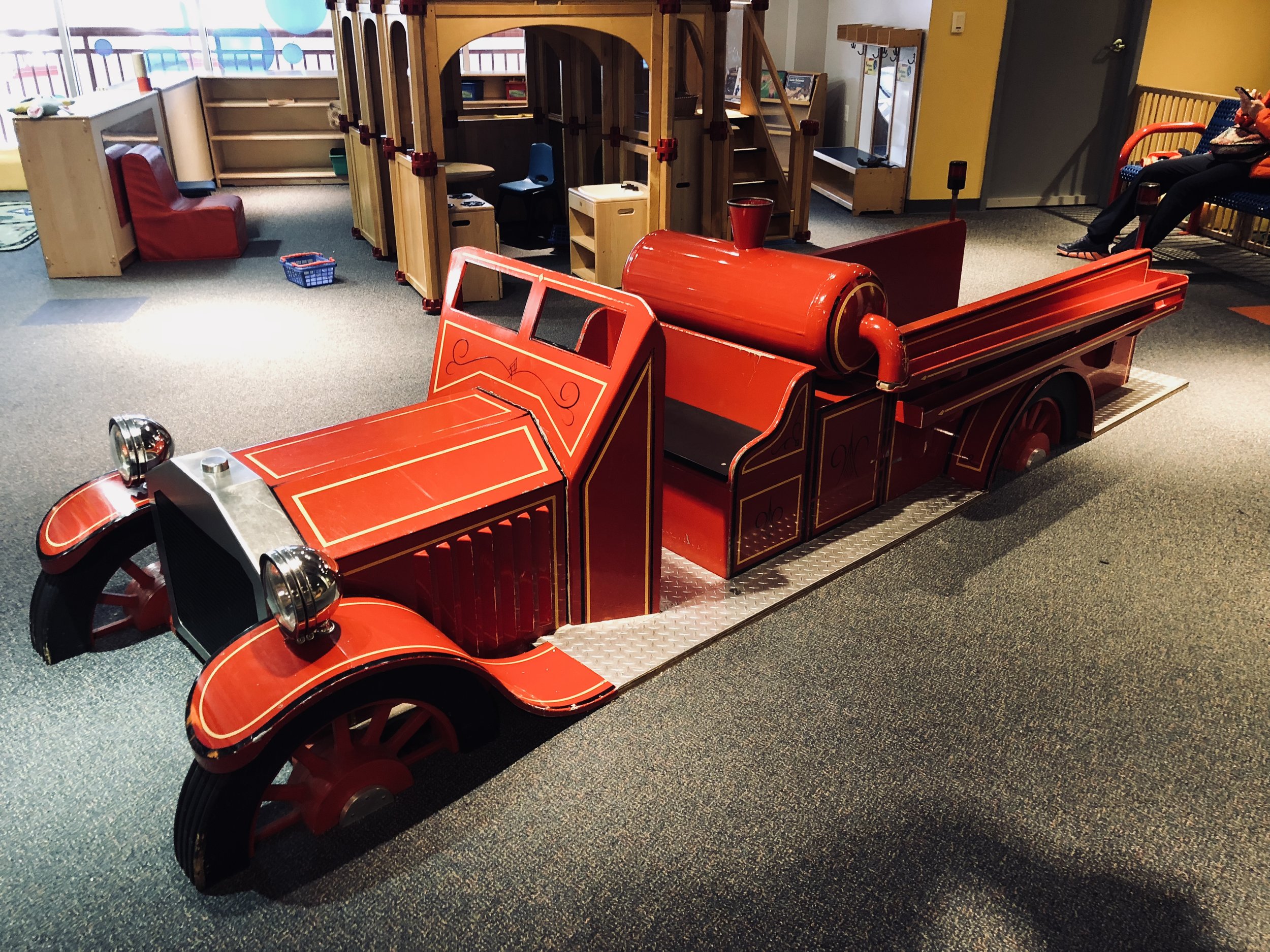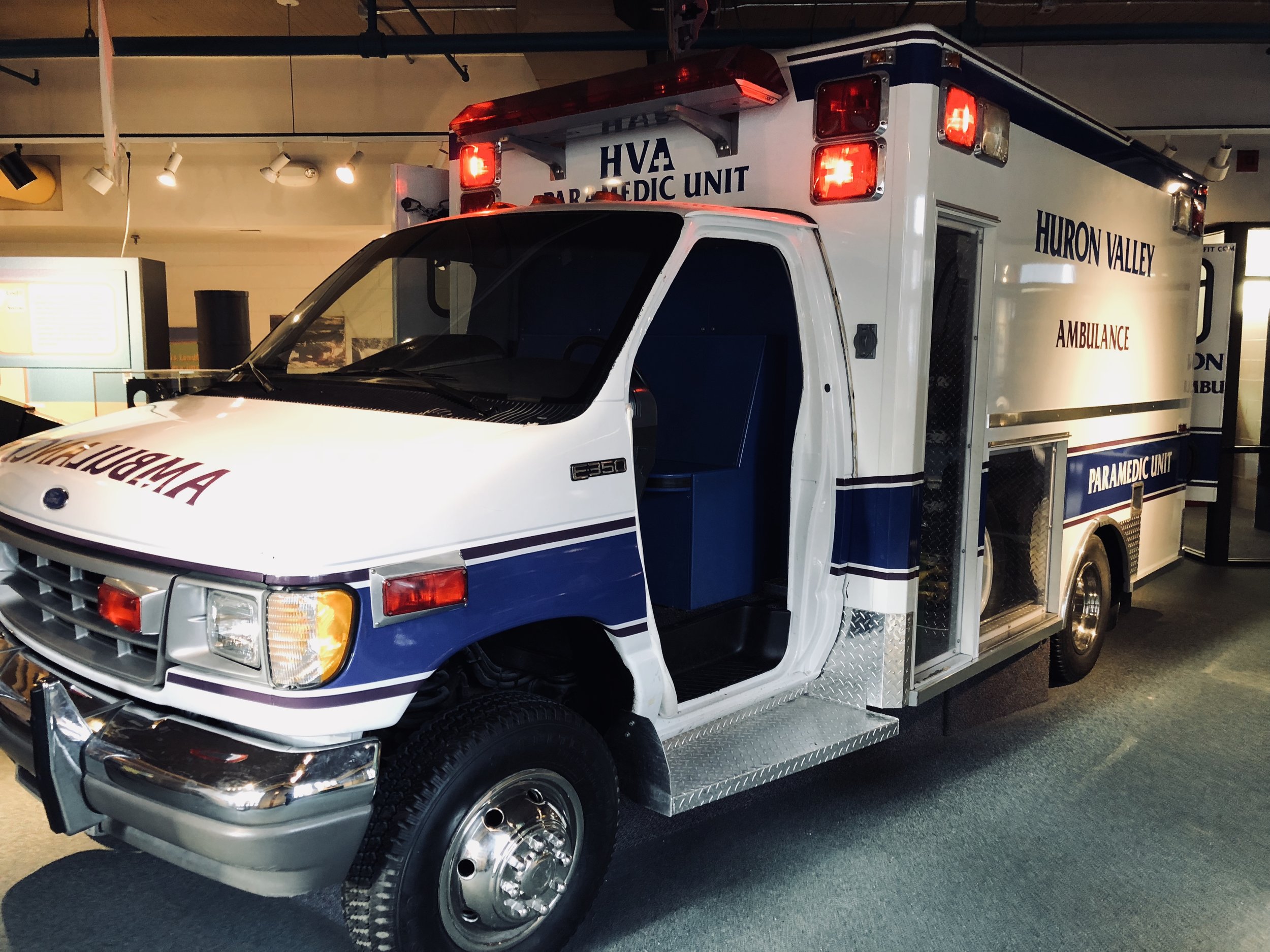Ride-sharing Drivers
UX Research
Exploring the Actual Experience of Ride-sharing Drivers
in an Ethnographic Method.
My Role : UX Researcher
Duration : 10 months
Goal : To explore the experience of Uber / Lyft drivers and design improvements
Method : Ethnographic Qualitative (1st person + 3rd person view)
Keyword : Ride-sharing, Uber/Lyft, Driver, Sharing Economy, Ethnography
Background
Introduction
Research & Interview Question
Research Process & Method
Findings : The Voice of You.
Limitation
My Takeaway & Design Concepts
Academic Reference
1. Background
The recent social phenomenon of ride-sharing (e.g., UBER / Lyft) is viewed as an outstanding creative economy practice that changed the previous socioeconomic structure as well as the way of our lives.
However, particularly on driver side, there are two different perspectives, at large:
1) Creative Labour: Many medias highlight their activity with the concepts of playful labour and creative work force that will contribute to advancing the conventional types and notion of occupation with opening a new era regarding human labour and liberation (Howkins, 2002; Florida, 2010).
2) Tactful Exploitation: Meanwhile, it is also argued that the emerging practice is a new type of tactful exploitation of the capitals (Slee, 2016).
But, these are the third party examinations about the ride-sharing phenomenon. Therefore,
I prioritized to dive into "that field" where Ride-sharing social interaction takes place
to excavate the experience of ride-sharing drivers with an Ethnographic endeavor,
and to discover their experience harnessing both insider and outsider interpretation.
2. Introduction
This Ethnographic exploration aims to discover the real voice of ride-sharing drivers, including Uber and Lyft, on their own ground. For this goal, this study harnesses my auto-ethnographic experience while preparing for driver work, observation, and in-depth interview (Creswell & Poth, 2017).
At large, this journey has two research phases: insider's and outsider's view (Spradley, 2016).
1st person engagement (my preparation to work as a ride-sharing driver)
3rd person approach (observation + in-depth Interview)
As a result, this exploration reveals 5 fundamental experiences of the ride-sharing drivers:
Seeking Profits while Working Liberated
Freedom in Thrall
Deeply-seated Loneliness in the Dynamic Working Environments
Desire to be Acknowledged & Humanized
Do Virtue for Future Rides
3. Research & Interview Question
Research Questions
The purpose of this research is to listen to the voices of Uber and Lyft drivers from their own grounds.
To do so, I firstly set research questions, and then interview questions.
• How do the drivers perceive themselves in the ride-sharing labour?
• What life changes did they encounter since working as driver?
• How do they perceive their interaction with passengers?
• How do they evaluate and position their identity in relation to the companies?
• How they think of UBER’s Human-Computer Interaction design in their working context?
Quantitative Questions
Within the research frame, I asked my participants the below interview question while conducting semi-structured in-depth interviews in rapport-formulated natural settings.
• What do you drive for your work?
• How long have you worked as a driver? (or How many hours do you work as a driver?)
• How many passengers do you meet on daily basis?
• Are you willing to recommend this occupation to someone else?
Qualitative Questions
• How do your family members think of your work as a ride-sharing driver?
• How do you think of the work of ride-sharing driver?
• Could you tell me how you got into this field?
• How do you feel when you meet diverse passenger while you drive the vehicle?
• How do you serve your passenger? Do you have your specific ways?
• What do you think the meaning of your company would be?
• How is your life changed since you started working as a driver?
• If you have any story with a passenger, could you share it with me?
• How do fell when you interact with UBER/Lyft application?
4. Process & Method
Duration : March to December, 2017
Methods : Ethnography, Self-engagement, Interview, Observation, Interpretation, and synthesis.
My Position : 1st Person Interpretation (Insider) + 3rd person Interpretation (Outsider)
=> 1.5th Hybrid Viewpoint
4.1. Repair the Vehicle and Ready for Uber Driver!
To work as a Uber/Lyft driver, I bought a used car with $5000 budget.
The purpose of this engagement is to acquire 1st person viewpoint in this research. By putting myself into wide range of diverse situations as if I were a ride-sharing driver, I lessened the gap between me and the actual driver (free variation).
With the best effort to haggle the price, I got a well-aged and cared Saab 9-3 and I repaired the vehicle together with my mechanic friends (Jarvis and Eguardo) while conducting this research. The whole process took around 2 months.
Engine & Transmission Flushing + Oil Change
Engine Ignition Plug and Wire Replacement
Turbo Charger Replacement
Timing Belt & Belt Tensioner Replacement
Drive Belt Replacement
Engine & Transmission Mount Replacement
Wheel Alignment
Final Detailing

